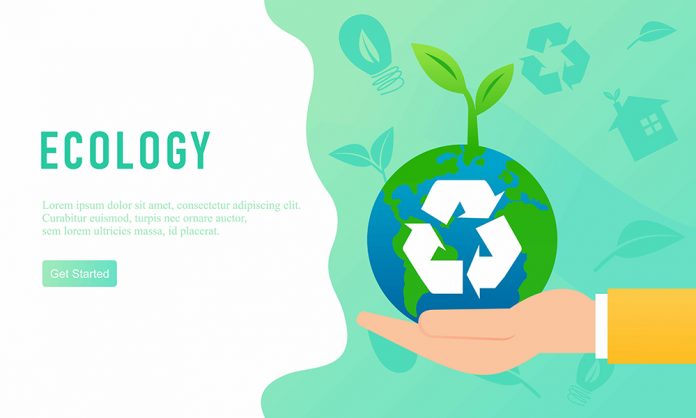If nothing changes, a quarter of all recycling could be contaminated by 2030, says David Heaton of Biffa.
Nearly one fifth (17%) of waste in England and Wales (from businesses and households) can’t be recycled due to contamination.
A recent WRAP survey shows that over four in five people recycle items they shouldn’t, a practice known ‘wish-cycling’ (or assuming an item can be recycled).
Biffa’s own analysis found that, in 2016, the average contamination rate of recycling waste was 13.4%, rising to 17% by the end of 2020 – more than 3% in as many years.
Understand on-pack recycling labels (OPRLs)
All packaging contains an OPRL, explaining whether it can or cannot be recycled (along with guidance for doing so if necessary). Consumers and businesses should seek out guidance on what recycling symbols on packaging mean then share this. The current system of symbols is not perfect and can be difficult to understand, but Biffa is supportive of forthcoming legislation for a simpler system.
Get clued up on plastic
There are seven different types of plastic – ranging from PET (which is used in plastic drinks bottles) through to PVC (found in things like plastic food wrap) – but not all of them are recyclable. The types of plastic can be determined by their plastic resin code (a triangle on packaging with a number from one to seven inside). Generally, resin codes 1,2, 4 and 5 are recyclable, while 3, 6 and 7 are not – but it’s best to refer to the packaging’s OPRL for specific guidance.
Disposal centres
Some recyclable items are unable to go in standard recycling bins – for example, electrical items. Manufacturers, producers or retailers will pay for electrical items to be recycled. These are usually broken down to separate the different materials they are made so they can be recycled individually. Waste electrical and electronic waste (WEEE), along with items like furniture and batteries, are however accepted at local recycling centres or by waste management providers. Ensuring recyclables are disposed into the correct waste streams stops contamination at the source, so explore alternative disposal methods for any uncommon recyclables.
Stop ‘wish-cycling’
As a society we are rightly more eco-conscious than ever, but ‘wish-cycling’ is a problem. It means that people are throwing waste into recycling bins without checking whether it can actually be recycled. This results in high levels of contamination where rogue items can potentially prevent a whole load of waste from being recycled. Rinsing recyclable waste (as indicated on OPRLs) will also help to ensure packaging can be recycled rather than being too contaminated to process.
Contamination leads to waste moving down the waste hierarchy (a framework for managing waste), where it’s less recyclable or recoverable. Greater education makes the entire process easier, reducing the chance of mistakes being made.
David Heaton, Business Director of MRFs and PRFs at Biffa, said: “Business leaders can play a crucial role here – educating their workforce through signage and engaging waste experts will drive a positive change, while helping them hit their sustainability targets.
“Should the alarming trajectory we’re seeing continue, contamination rates could reach nearly one quarter of all recycling by 2030 without legislative intervention. EPR (Extended Producer Responsibility – making producers responsible for the cost of managing packaging waste) – and consistent kerbside collections are actions planned by the Government to be introduced from 2024. However, without these changes in legislation, recycling and contamination rates are unlikely to improve. All being well though, we could see a step up from businesses and consumers.”
See Biffa’s guides on the seven different types of plastic and Recycling symbols explained for details.



